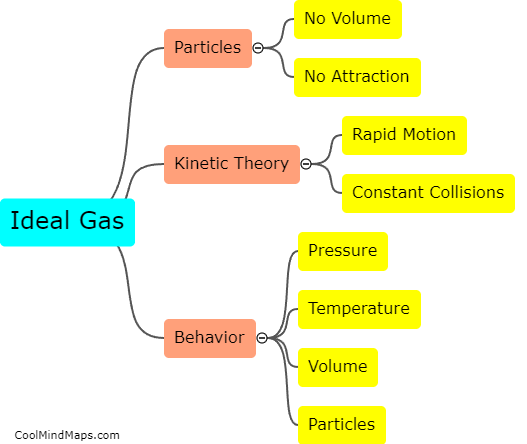How do Newton's laws explain the behavior of objects?
Newton's laws of motion provide a comprehensive framework to explain and understand the behavior of objects. The first law, also known as the law of inertia, states that an object at rest will remain at rest, and an object in motion will continue to move in a straight line at a constant velocity unless acted upon by an external force. The second law, commonly referred to as the force-mass-acceleration relationship, articulates that the acceleration of an object is directly proportional to the net force applied to it and inversely proportional to its mass. Finally, the third law, the law of action and reaction, elucidates that for every action, there is an equal and opposite reaction. Newton's laws collectively provide principles to comprehend concepts such as force, mass, acceleration, and the interaction between objects, enabling us to analyze and predict the behavior of various objects in any given situation.

This mind map was published on 10 November 2023 and has been viewed 87 times.











